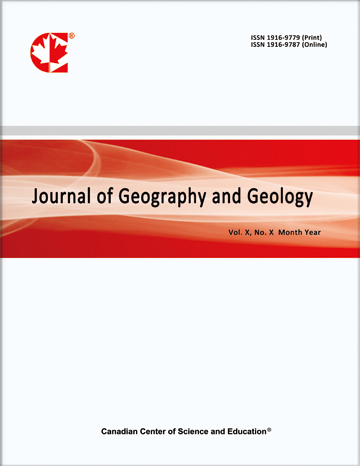Proposed Marine Low-stand Depocenter as a Contributor to the Development of the Namib Sand Sea or Namib Pleistocene Coastal Dune Sheet, Namibia
- Curt D. Peterson
Abstract
Two isolated dune complexes are developed in the Namibia and southern Angola coastlines in the southwest coast of Africa. They include the very-large Namibia Sand Sea or Namib dune sheet (35,000 km2 surface area) and two smaller dune sheets or ergs (~4,500 km2 combined surface areas) at the north end of the Skeleton Coast. In this article, 31 across-shelf and across-shore transects are used to test regional factors of 1) shelf width, 2) coastline orientation, 3) coastline elevation, and 4) alongshore eolian deflation corridors for controlling the localized development of the coastal dune sheets. A lack of apparent correspondence between the four factors and the isolated dune complexes prompted a search of the continental shelf for submerged barriers that could have bounded northward alongshore transport of Orange River sand during Pleistocene marine low-stands. Such localized entrapment of littoral sand could have enabled across-shelf sand supply by coast-oblique eolian transport and marine transgression wave transport to the Namib dune sheet and the Skeleton Coast dune sheets. Two mid-shelf paleo-headlands do correspond to the two anomalous dune complexes. They include a Namib paleo-headland with a 28 km projection distance (80° west-of-north offset of the -100 m MSL depth contour) and a north Skeleton Coast paleo-headland with a 14 km projection distance (50° west-of-north offset of the -100 m depth contour). Smaller offsets occur in the -75 m depth contour but not in the -50 m depth contour in both paleo-headlands. The Namib paleo-headland currently extends between -75 and -140 m depth or 60 % of the mid-shelf width. Together with alongshore sand supply from a southern eolian deflation plain corridor, the localized offshore sand supply from the Namib paleo-headland, and an associated low-stand depocenter, might have contributed to the origin of the Namib Sand Sea or Pleistocene coastal dune sheet.
- Full Text:
 PDF
PDF
- DOI:10.5539/jgg.v17n2p1
Journal Metrics
(The data was calculated based on Google Scholar Citations)
Google-based Impact Factor (2018): 11.90
h-index (January 2018): 17
i10-index (January 2018): 36
h5-index (January 2018): 13
h5-median(January 2018): 15
Index
- BASE (Bielefeld Academic Search Engine)
- Bibliography and Index of Geology
- CiteFactor
- CNKI Scholar
- Educational Research Abstracts
- Excellence in Research for Australia (ERA)
- GeoRef
- Google Scholar
- LOCKSS
- NewJour
- Norwegian Centre for Research Data (NSD)
- Open J-Gate
- PKP Open Archives Harvester
- SHERPA/RoMEO
- Standard Periodical Directory
- Ulrich's
- Universe Digital Library
- WorldCat
Contact
- Lesley LuoEditorial Assistant
- jgg@ccsenet.org
